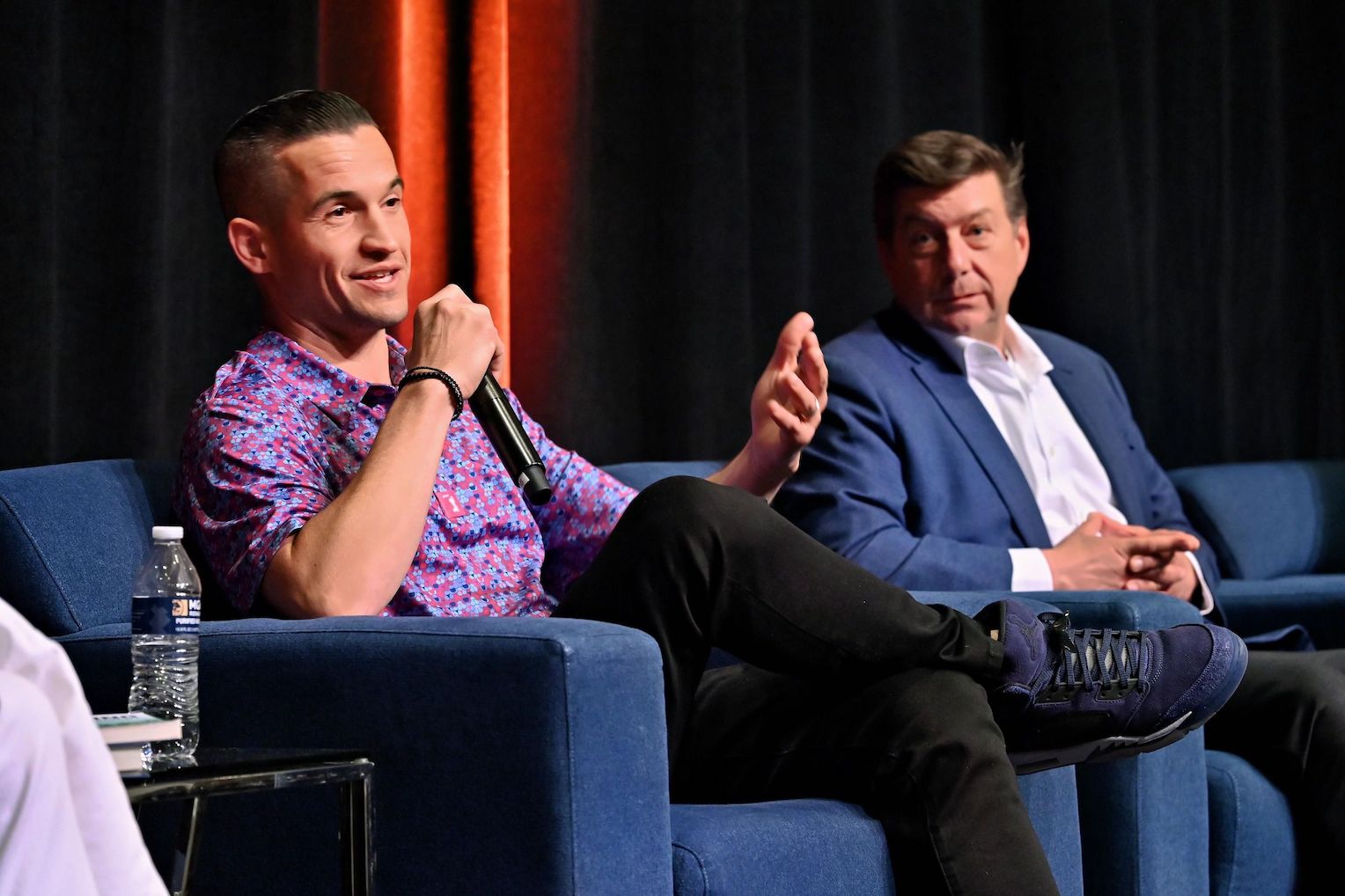It wasn’t long ago that influencers, musicians, celebrities—and those looking to reclaim some sense of celebrity—were attaching their names to virtual restaurant brands. Remember Pauly D’s Italian Subs? (Yes, the DJ who starred on MTV’s “Jersey Shore” more than a decade ago.) Rapper Wiz Khalifa still has his fried chicken nugget bowls and Mariah Carey’s cookie line is available online via dozens of market partners, but the role of virtual brands has undergone a major shift as restaurant operators consider how to make these sales channels profitable in the long run.
Ghost kitchens, virtual restaurant brands and their ilk have seen some “spectacular failures,” said Meredith Sandland, who without naming names alluded to the challenges of delivery-only models and the difficulties of operating them within the physical restaurant kitchen.
Sandland was one of the first employees at Kitchen United, bought earlier this year by C3’s Sam Nazarian after the ghost kitchen company shut down its physical locations late last year. Now the CEO of restaurant software company Empower Delivery, she said the delivery-only model is viable but requires careful consideration, investments in marketing and a clear understanding of execution in the kitchen.
The launch of a virtual brand should go through gates similar to those of a limited-time offer launch at Taco Bell, where she spent six years in senior executive roles. “Is this something that consumers want? Is it driving incremental sales and simple to execute? And is it profitable?” said Sandland, who led a panel discussion May 9 during the Food On Demand Conference in Las Vegas. “It has to hit all three.”
Erik Frederick, the former CEO of Uno Pizzeria who led its foray into virtual brands, said the catalyst for the company to consider a virtual brand play was the conversion from dine-in to takeout and delivery during the pandemic. Known for its Chicago deep dish pizza, Uno started selling Wow Bao dumplings and potstickers from its restaurants in 2021 through a “dark kitchen” program offered by Wow Bao. The food is shipped by Wow Bao and prepared in Uno kitchens with minimal complication of operations.
The way restaurants win in e-commerce, noted Frederick, is execution. “We didn’t want to have something where when the order came in, it would distract our kitchen and take the focus away from our core product,” he said.
Uno, which has about 130 locations, later created its own virtual brands, Detroit Pizza Works and Burger Craft, which he said are natural extensions of its existing menu capabilities and don’t add complexity for franchisees. In especially high-volume locations such as those near Disney World, the virtual brands aren’t live online during high season, Frederick added, because they would detract from execution of the flagship brand.

Niko Kiouftis CEO of Californa Grill & Bar
At California Grill & Bar, where CEO Niko Kiouftis is preparing to launch a franchise program, virtual brands continue to play an important role. At the height of the pandemic, he was running 40 brands out of his restaurant’s kitchen, a number he’s since tightened, with plans to make those concepts part of the franchise program. Kiouftis also put California Grill in some CloudKitchens locations, which he said worked well in highly populated areas as a way to build brand awareness.
Ensuring there’s bandwidth in a restaurant to take on another brand was a key learning, said Kiouftis, and he stressed the importance of full commitment to the brand versus viewing it as a small add-on. “You’ve gotta treat these as separate businesses—you’ve gotta go all in,” he continued. Operators should also be prepared to take on the additional costs and fees that come with virtual brands, including software, hardware and contracts with third-party delivery services.
Markus Pineyro, who launched Oomi Digital Kitchen in Dallas in 2022, is rethinking the virtual brand model by creating what he described as a “vertically integrated kitchen.” Oomi developed the brands—including Clucky’s Chicken, Urban Taco and Savage Rabbit—controls its own platform and, most importantly, the quality of the food, said Pineyro.
The delivery-only environment is one where “the only thing we need to worry about is making great food,” he said. While high-profile virtual brands such as MrBeast Burger have been plagued by quality issues and an ongoing lawsuit, for Oomi, the digital business is the main focus.
“The way we approach it is we are not a restaurant. So for us, we are leveraging all the advancements that are happening through vendors and technology. We’re built to sell online,” said Pineyro. “Our kitchen, our square footage, our staff, our scheduling is done to make up for some of the inefficiencies of brick and mortar.”
Without the visibility of a traditional restaurant, he acknowledged the challenges of marketing Oomi and its brands, and said those looking at the integration of a virtual concept should be prepared to spend more on customer acquisition. Influencers have been effective in raising awareness of Oomi and its food brands, he noted, but nothing can replace the impact of a quality food experience.
“A few years back it was about putting a big name on the brand, a chef, an influencer,” said Pineyro.
But now, as these operators well know, it’s all about the food.


